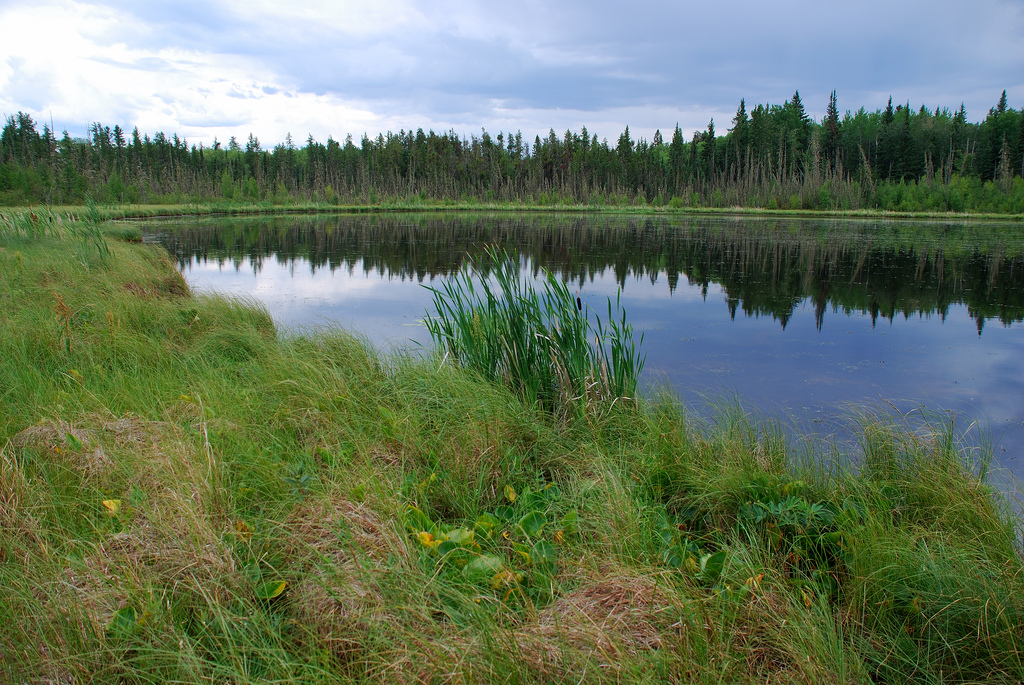A new report released July 10, 2024 by Alberta’s Auditor General found that the government lacks effective processes to manage surface water allocation and use, and public reporting on surface water and the outcomes of surface water management is lacking.
“Water plays a key role in Alberta’s economy, supporting major sectors such as agriculture and energy. It is crucial for sustaining economic growth and maintaining a high standard of living for both present and future generations,” said Auditor General Doug Wylie.
The audit found that the Department of Environment and Protected Areas:
- has no water conservation objectives in most basins
- does not know if existing water conservation objectives are working
- lacks robust processes to monitor water pressures, assess risks, and decide when water conservation objectives are needed
- has ineffective processes to approve licences and monitor compliance, such as not enforcing licensee compliance with conditions
The Auditor General made three recommendations for the department to establish process to identify when to develop, assess, and update water conservation objectives; improve licensing and compliance-monitoring processes; and publicly report relevant and reliable information on managing surface water.
“Alberta could face more severe and frequent droughts,” said Wylie. “Water conservation helps the government manage water allocation and control usage, especially during droughts and shortages. Effective licensing and monitoring ensure proper water use and prevent abuse.”
Surface water is the water on the Earth’s surface, including rivers, lakes, and wetlands. It is primarily replenished through precipitation, with snowmelt the largest contributor, followed by rainfall. Alberta has seven major river basins. The north-flowing river basins contain most of the province’s water resources, but the majority of Alberta’s population lives in the south. The South Saskatchewan River Basin contains 13 per cent of Alberta’s surface water, hosts 37 per cent of Alberta’s population, and accounts for 68 per cent of the province’s water allocated to users.
The report is available online at oag.ab.ca
Summary of Report Findings
Surface Water Management Planning (p. 4)
Key findings
- No process to decide when to develop or update water conservation objectives (p. 6)
- No water conservation objectives in most major river basins (p. 7)
- Effectiveness of existing water conservation objectives unknown (p. 9)
Recommendation
We recommend that the Department of Environment and Protected Areas establish a process to identify the need for water conservation objectives, regularly assess their effectiveness, and update them to ensure sustainable water supplies. (p. 9)
Consequences of Not Taking Action
Failing to proactively identify the need for water conservation objectives, or to evaluate and update existing ones, increases the risk of water shortages. That could lead to higher costs, shortages of goods, and an inability to meet future water needs for people, businesses, and the economy. (p. 9)
Licensing and Compliance Monitoring (p. 9)
Key findings
- Licence applications approved without support for key decisions (p. 10)
- Licensing guidelines unclear on use of discretion (p. 11)
- Insufficient monitoring of licensee compliance with requirements such as allocation and withdrawal limits (p. 11)
- No assurance licensee-submitted water usage is accurate and complete (p. 12)
Recommendation
We recommend that the Department of Environment and Protected Areas improve its licensing and compliance-monitoring processes to ensure that:
- approved licences meet requirements
- approval decisions are made consistently and comply with requirements
- key decisions are documented
- licensee compliance is effectively monitored (p. 12)
Consequences of Not Taking Action
Water licences could be granted to people and businesses who should not receive them, enabling unsustainable practices. Inadequate compliance monitoring can result in overuse or misuse of water, undermining efforts to manage water sustainably. It can also erode public trust in regulatory authorities and undermine accountability in water resource management. (p. 12)
Public Reporting on Surface Water (p. 12)
Key findings
- Lack of reporting on water allocation (p. 12)
- Water usage not publicly reported (p. 13)
- Water levels publicly available, but processes for accuracy and completeness are deficient (p. 13)
Recommendation
We recommend that the Department of Environment and Protected Areas publicly report relevant and reliable information on surface water, including water usage. (p. 13)
Consequences of Not Taking Action
The lack of public information on key aspects of surface water management, such as water usage and allocation at broader basin and sub-basin levels, hinders accountability, transparency, and informed decision-making. (p. 13)









